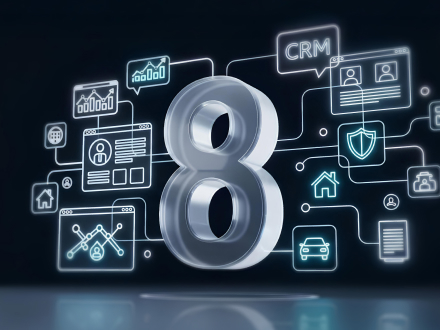Für Unternehmen, die ihr e-Commerce-Erlebnis vollständig im Griff haben möchten, ist Adobe Commerce ein absolutes Highlight. Als Open-Source-Plattform bietet es einzigartige Anpassungsmöglichkeiten.
Einer seiner größten Vorteile ist die Skalierbarkeit. Von kleinen Unternehmen bis hin zu Großkonzernen – dieses CMS unterstützt große Produktkataloge, mehrere Shops und den weltweiten Vertrieb mit Unterstützung für mehrere Sprachen und Währungen. Die Plattform bietet außerdem integrierte SEO-Tools, anpassbare Themes und zuverlässige Sicherheitsfunktionen.
Anpassungen sind jedoch kostenpflichtig. Adobe Commerce erfordert umfangreiche Entwicklungskenntnisse, und Hosting, Wartung und Anpassungen können sich schnell summieren.
Adobe Commerce bietet zwei Hauptversionen: die kostenlose Community Edition (Open Source), ideal für kleine Unternehmen, und die Premium-Version von Adobe Commerce, bei der die Lizenzgebühr mit Ihrem Umsatz und durchschnittlichen Bestellwert steigt. Die Gebühren für Adobe Commerce beginnen bei 22.000 US-Dollar pro Jahr für Unternehmen mit einem Jahresumsatz unter 1 Million US-Dollar und steigen auf 125.000 US-Dollar pro Jahr für Unternehmen mit einem Umsatz über 25 Millionen US-Dollar.
Vorteile
- Bewältigt große Mengen an Inhalten und hohen Datenverkehr
- Anpassbar an spezifische Geschäftsmodelle und Arbeitsabläufe
- Starker Community-Support
Nachteile
- Technisches Know-how für Anpassung und Verwaltung erforderlich
- Höhere Kosten für Hosting und Entwicklung
- Regelmäßige Updates und Wartung erforderlich
Für Unternehmen mit den entsprechenden Ressourcen bietet Adobe Commerce eine äußerst flexible, skalierbare und funktionsreiche Lösung. Für Unternehmen ohne eigenes Entwicklungsteam können der Lernaufwand und die laufenden Kosten jedoch eine Herausforderung darstellen.



























